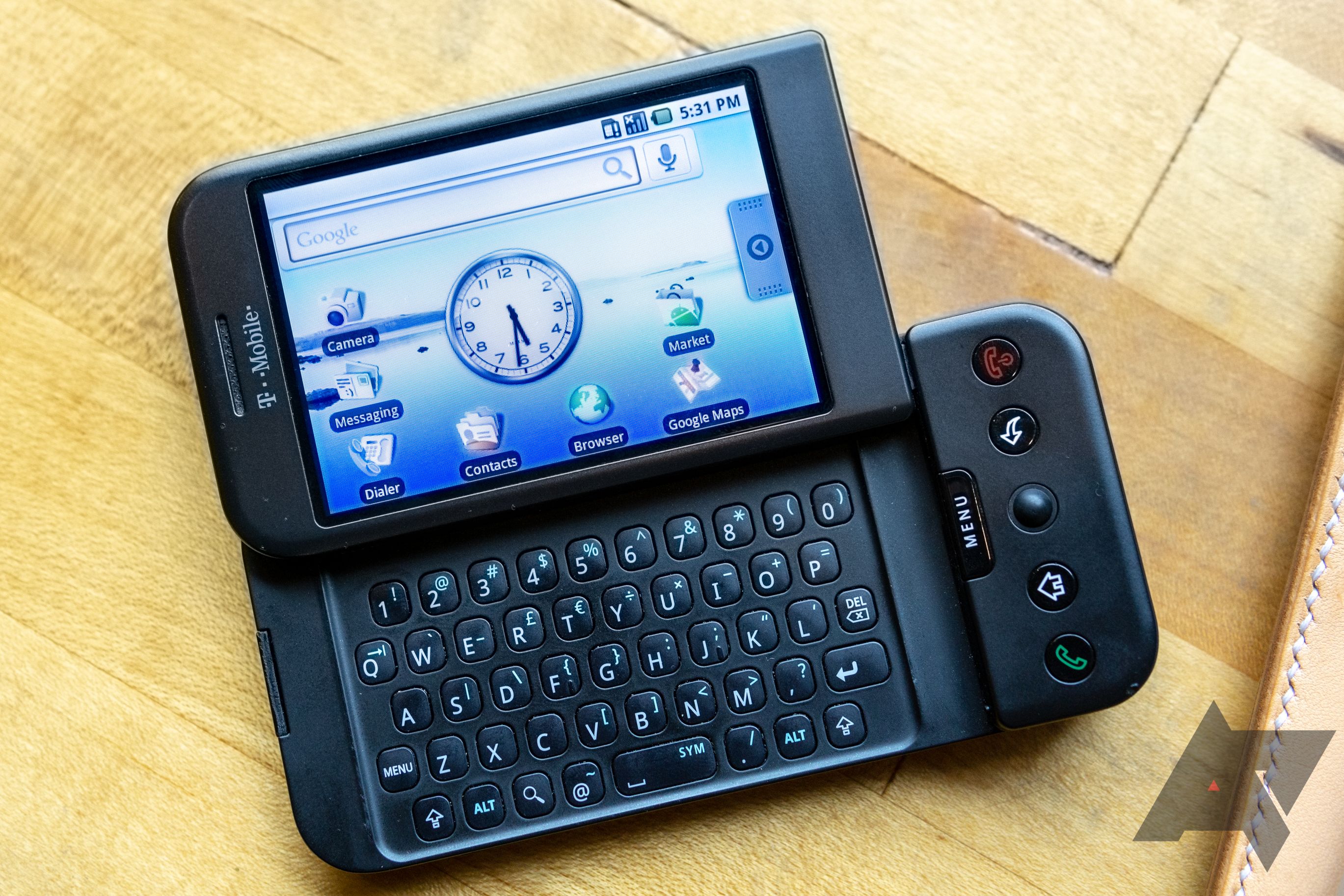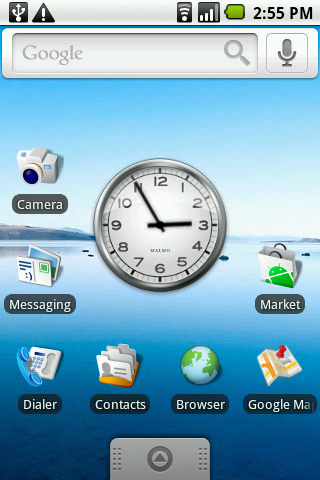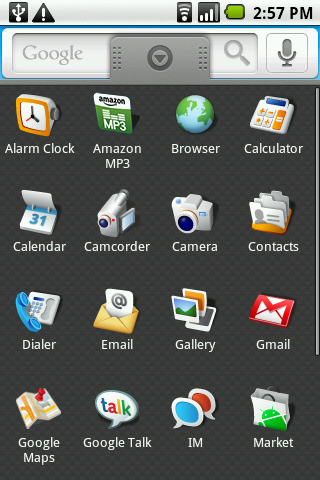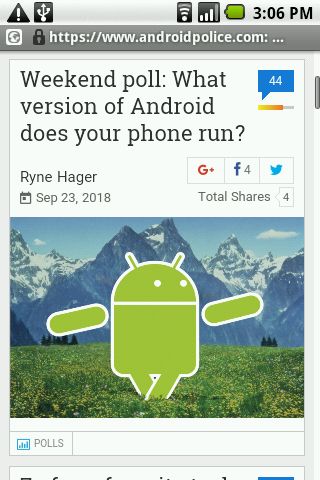Android has changed a lot in the past few years. Regular annual releases, some of them good and some of them not amazing, have helped the operating system greatly mature. Sometimes, though, it's good to look back and remember how things used to be when we were still at the beginning of this road. Today is one of those days, as on a day like this, 13 years ago, the very first commercial phone running Android made its public debut.
The T-Mobile G1, also known as the HTC Dream, has specifications that might've been acceptable in 2008, but haven't exactly aged like fine wine. The phone was powered by Qualcomm's MSM7201A SoC, with a sole ARM11 core running at a whopping 528 MHz alongside an Adreno 130 GPU.
It also had a paltry 192MB of RAM and just 256MB of internal storage (which you were able to expand using a microSD card), 3G and Bluetooth 2.0 connectivity, Wi-Fi support, a mini (not micro) USB charging port, and no headphone jack (ahead of its time!). And because we were all still unlearning our BlackBerrys, it also had a QWERTY keyboard. It's truly a chonker, if I do say so myself, measuring 17.1 mm thick and weighing 158 grams despite its tiny (by modern standards) 3.2-inch 320 x 480 TFT display.
The T-Mobile G1 featured big bezels, physical buttons, a trackball, and a QWERTY keyboard — relics of a time long gone.
The specs weren't really the phone's main selling point, but rather, what powered it. It launched with Android 1.0 and was the first time you could actually get an Android-powered device outside of an engineering sample or an emulator. Early Android was primitive and had many flaws and quirks (the version the phone initially shipped with didn't even have a dessert codename), but it was Android, and it gave the world a taste of what was to come.
Pitting the G1 against what would ultimately end up being Android's main competitor, the iPhone (with the first iPhone launching in 2007), Android offered a customizable home screen, widgets, a proper notification drawer, and copy-and-paste. Furthermore, in contrast with iOS (then known as iPhone OS), Android was fully open-source — anyone who wanted to launch their own Android-powered phone could do so. Android started putting pressure on Apple the moment it went out of the door, with Steve Jobs famously vowing to "destroy Android" and "go thermonuclear" before his passing in 2011.
The T-Mobile G1 made the Android dream possible, but it was also clearly a different kind of smartphone for a different kind of era. The concept of what a smartphone can do has greatly evolved, and the software in the T-Mobile G1 has not actually aged gracefully. We revisited it some time ago and found it to be pretty much a dumbphone by today's standards, despite it getting updates up until Android 1.6 Donut (which was already a pretty considerable upgrade from the initial 1.0 release).
Android 1.6 Donut feels pretty bare-bones and primitive compared to modern Android versions.
Android wouldn't start to look, feel, and function like a mature operating system until some years later. While the G1 did fairly well in terms of sales, with T-Mobile announcing in April 2009 that it sold a million units, the first phones to actually make Android a "mainstream" OS wouldn't come until the Motorola Droid in 2009, which managed to sell 250,000 units in its first week on store shelves, and continuing with the Samsung Galaxy S in 2010.
Basic functionality is there — even old Android can make calls, send text messages, and browse the web — but the camera is notably bad, and features we take for granted these days are absent from early Android. Notably, version 1.x lacked support for things like live wallpapers, real-time navigation, speech-to-text, and pinch-to-zoom. Then again, the very concept of what a smartphone should do has evolved a lot, and we've come a long way over the course of the last decade.
As we prepare for the final release of Android 12, a look back at the first Android phone and the software within makes us thankful for what followed and all the features we've seen added over the years. Smartphones now fill a much more central role in our lives than they did back in 2008, and Android has changed to adapt to that.




